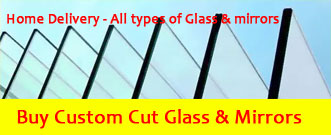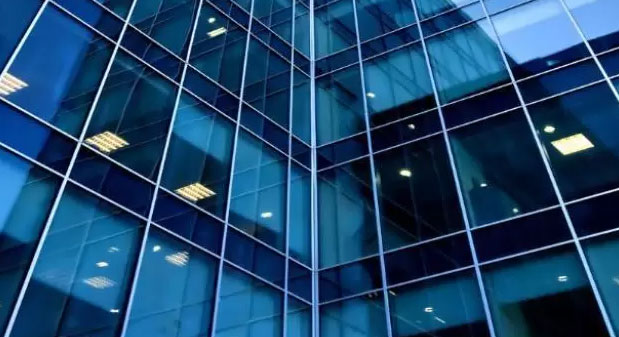Posted on : 27-09-2021 Author : Rohini Biswas

It is a fact that buildings significantly contribute to greenhouse gas emissions. According to studies, around 10% to 50% of the energy loss of a home happens via its doors and windows, and that 90% of that loss via windows occurs through the glass. Well, this is an irrefutably large portion of energy to be lost via these small sections of a home.
To handle this issue, coated glasses were introduced as low-emissivity glazing options.It is also known as the low E glasses. These glasses are the typical clear glasses featuring a transparent, microscopic coating reflecting heat better than the normal glasses. This results in a lower emissivity than the normal clear glass.
The coating used in these glasses is of a low-emissivity material such as aluminum or silver.These metals have a thermal emissivity rate of less than 0.05, which is far lower than that of a clear glass, which is 0.9. Thus, they are ideal reflectors, not perfect absorbers.
Advantages of Low E Glasses for Buildings
A coated glass foundation makes the building lighter than its walls.It is now widely used in modern edifices due to its benefits ranging from lightness to aesthetics. Following are its main benefits:
Great Insulating Power: Is one of the biggest benefits. A low E glass has more insulative properties than a clear uncoated one. The credit goes to its low-emissivity coating.
- Warm and Cool Gains: Glass having a low E coating maintains your home warmer, as it reflects a higher percentage of heat back inside. It also keeps the reachable area in your home cooler than usual by reflecting the external solar thermal energy. A low E coat with a tint forms a solar glass that reflects 86% of solar thermal energy away. This results in a cool in door space during the summer season.
- UV Protection: The mechanism via which a low E coating glass reflects thermal radiation is also responsible for keeping UV radiation away.
- Furniture Protection: By keeping UV rays away, a low E glass protects your furnishings. This is because these rays are known to trigger a bleaching effect on the furnishings as well as carpets, resulting in discoloration.
- Less Carbon Footprint: Such a glass reduces the carbon footprint as well as power bills.
- Durable: The low E coating, when inside the glass unit, is less likely to get scratched or damaged. Thus, you enjoy its insulating and reflecting benefits for several years.
Types of Low E Glasses
A low E coating can be soft or hard coat. A soft coat is referred to as offline or magnetron sputtering coating, while a hard coat is called online or pyrolytic coating. Let’s understand the differences between the two to select the best type.
- Production: An offline low E glass is produced in a vacuum chamber wherein silver is sputtered along with other metals on the glass using the process of vacuum magnetic sputtering. There are four layers in which a pure silver layer resides between metal oxide films. The glass is sealed in an Insulted Glass Unit (IGU). An online low E glass is produced by spraying a Tin-based chemical solution on the hot glass.
- Reflection: The offline glass has a higher reflection ability than the online one.
- Options: The offline glass has more transmission options (low, high, medium) than the online one. It is also available in different colors and that reflectivity and transmittance options are adjustable as per the design needs. It has more natural color too and forms diverse visual effects.
- Cost: The offline glass is costlier than the online one due to the need of experience and high expertise. Thus, it is widely used in high-end edifices. The online one is mainly reserved for low-rise edifices.
